Vincenzo de Cotiis: ‘There’s hidden painting in everything I do’
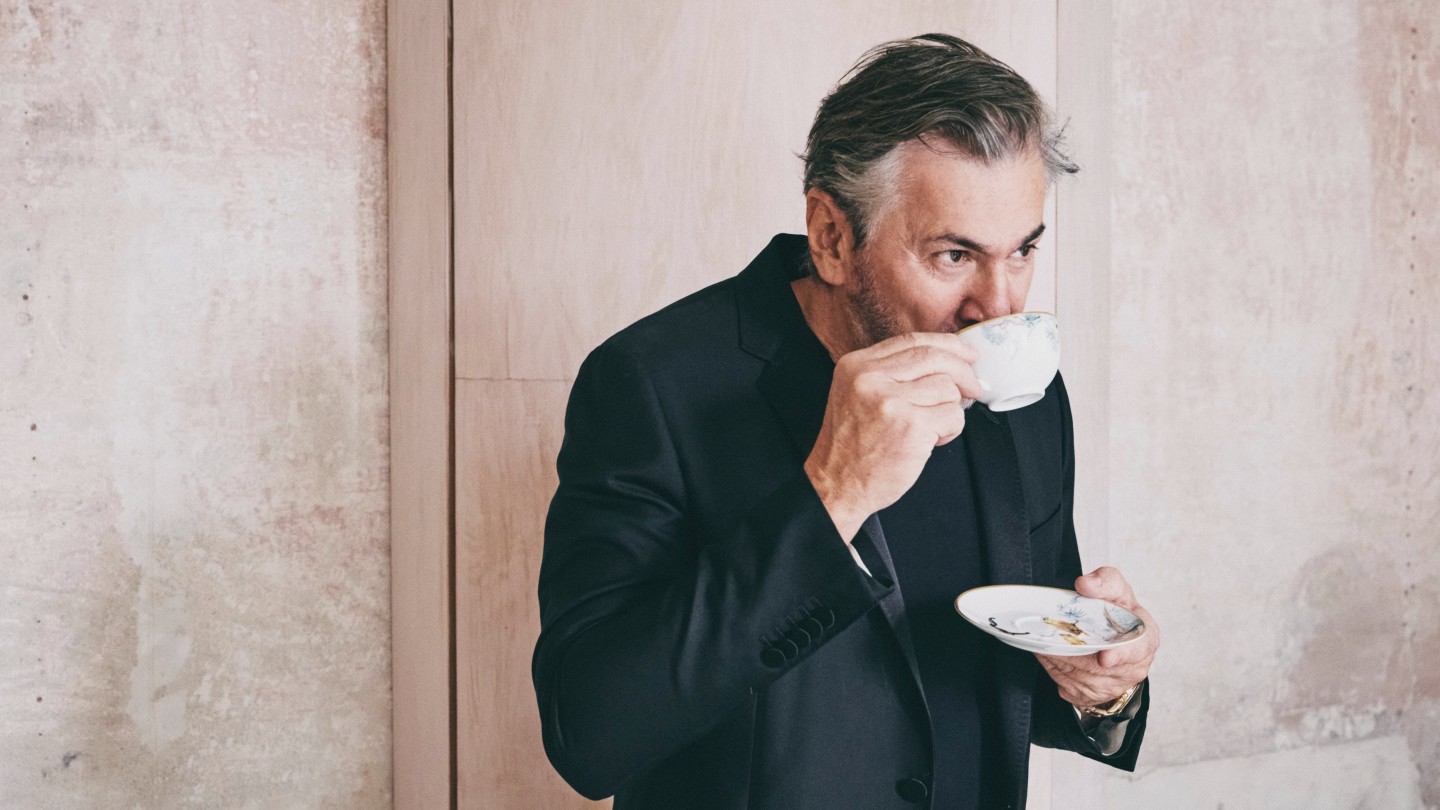
Simply sign up to the Style myFT Digest -- delivered directly to your inbox.
My personal style signifier is a suit. I’ve always worn suits. I like tailoring and a “made in Italy” label and I get them made to measure. The last ones I got were from Gucci and Prada but for everyday suits I go to Zegna in Milan.
The last thing I bought and loved was an artwork by Ibrahim Mahama. I got it at White Cube in London – I’d followed him from a distance and once I saw his work in real life I fell in love. His style and technique are very similar to my own, as I also recover used materials. The piece I bought is a wall hanging that juxtaposes different textures in a patchwork style, interwoven with mother-of-pearl decorations.
And on my wishlist is a new space in Venice, which I am looking for now. I plan to exhibit in a private residence and to create pieces specifically for this place. Venice can surprise anyone and it’s the city I would like to live in. I already have in mind that the house will face the Canal Grande, which used to be the ancient trade route.
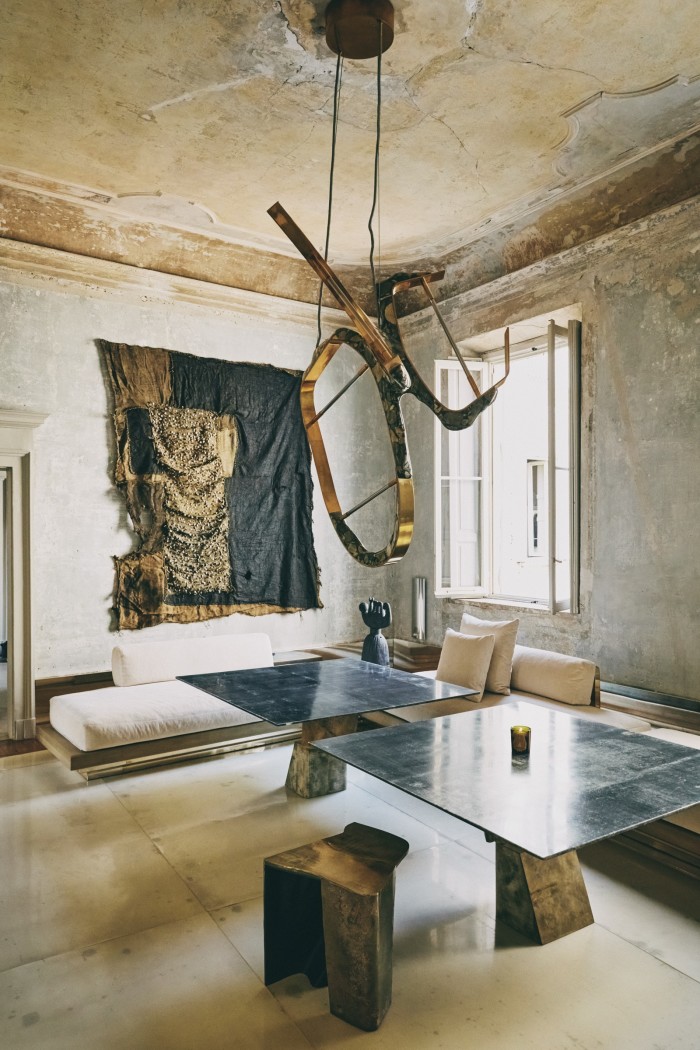
The building that blows me away is the former Casa dell’Opera Nazionale Balilla here in Milan, built between 1934 and 1935 by Mario Cereghini and once used as a boxing gym. It’s built in the rationalist style: very simple but beautiful. It has all the main features of the architectural style of that era – from the bricks to the porthole windows and the use of marble. It’s a very pleasant building. It was recently bought by a British company. I don’t know what they’ll do with it but I hope they’ll maintain all these typical traits, and highlight them.
In my fridge you’ll always find carefully selected water in glass bottles. I like St Georges, which is the purest water I’ve ever tasted. Water in plastic is a no-no: it contaminates everything, including your thoughts. And there’s usually some Dom Pérignon. My wife Claudia Rose and I like drinking champagne – not too much, but we love it. Even if we go out for a pizza, instead of having a beer we have it with champagne. It goes with everything. And I use a lot of Parmesan. I can’t live without it, often just on plain pasta bianco: as long as there’s Parmesan, we’ll never starve.
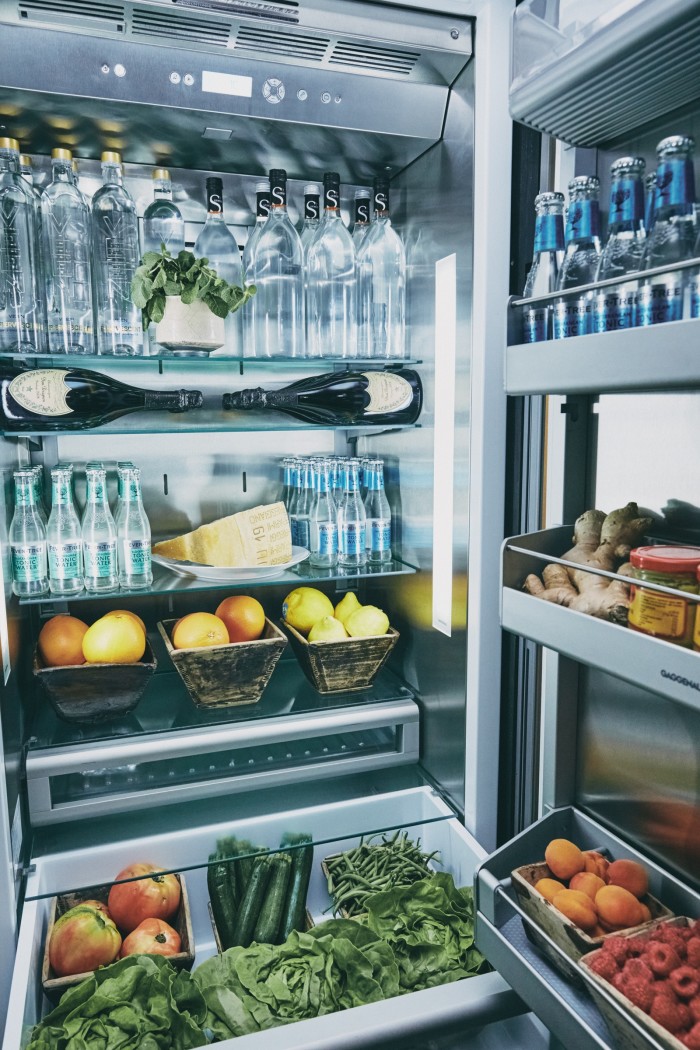
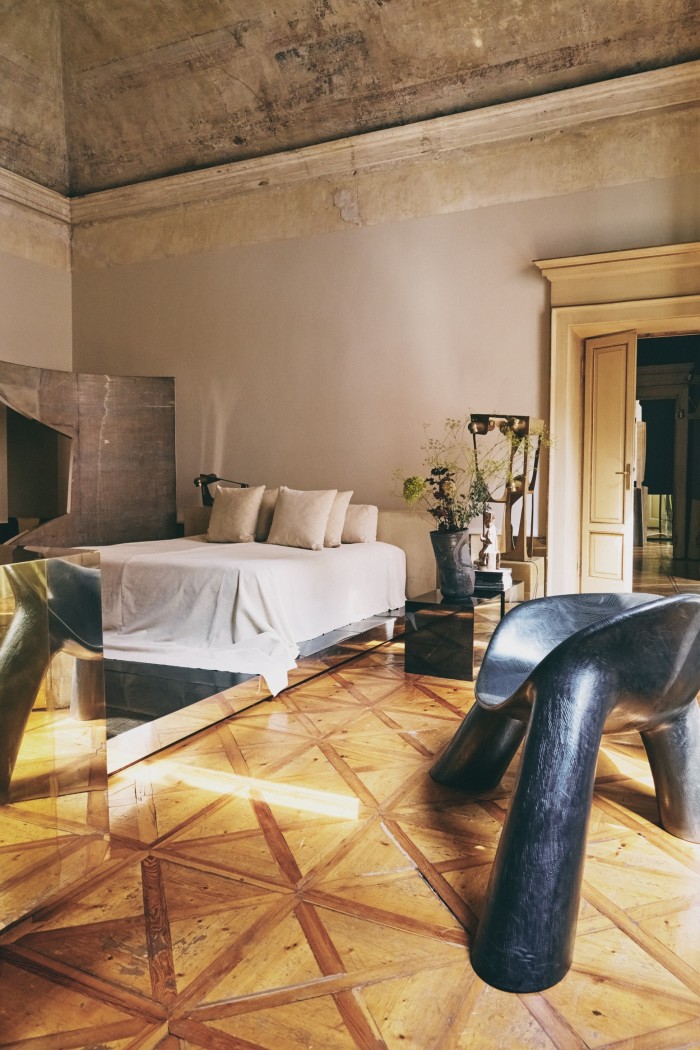
My favourite room in my house is my bedroom. The bed sits on a tatami-inspired fabric-and-resin platform that I designed, then there are two very large paintings that I made a few years ago, some lamps I designed for the room and a screen from a collection in 2015. There’s also an ebony armchair by Wendell, an artist that I love who died recently; he had such a strong and precise style.
The place I can’t wait to go back to is Japan. I’ve visited for many years and the aesthetic there is reserved and yet always surprising. Two years ago I dedicated my collection at Carpenters Workshop Gallery to the country. It was inspired by cherry tree blossoms. We also made pieces with natural stones inside that are shaped like bonsai trees – very close to nature but a modified nature, which Japan does so well.
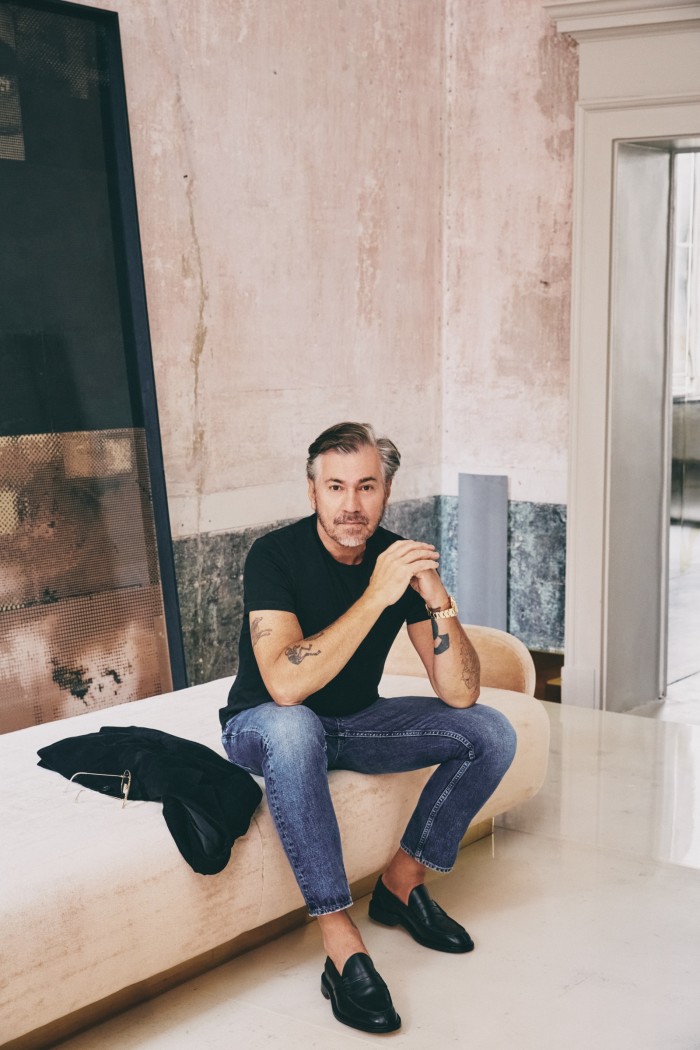
The one artist whose work I would collect if I could is Dame Rachel Whiteread, whose sculptures often take inspiration from architecture. I love how she takes things apart and reassembles them – I identify with her way of thinking.
The best souvenir I’ve brought home is a Neapolitan horn, the traditional scaramantic lucky charm, by Ventrella, a company that produces objects in brass. I’m not superstitious, but my father comes from Puglia and superstition is something that has always been latent in my mind. You can find these horns all over the south, but for Neapolitans they are objects of worship. I bought quite a few because I wanted to give them to my friends.
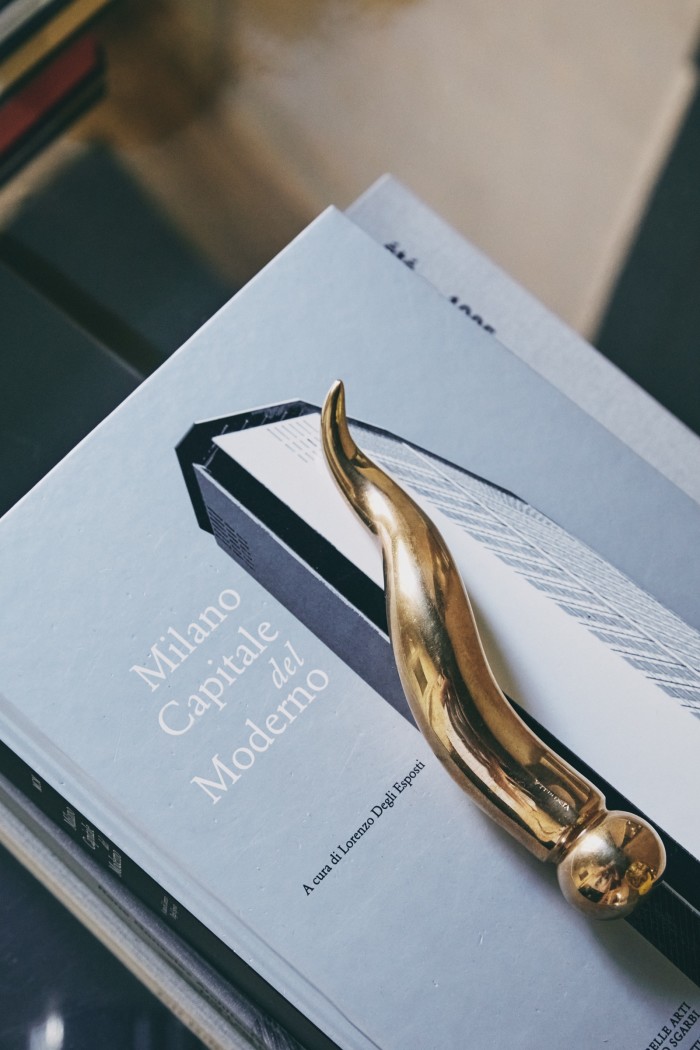
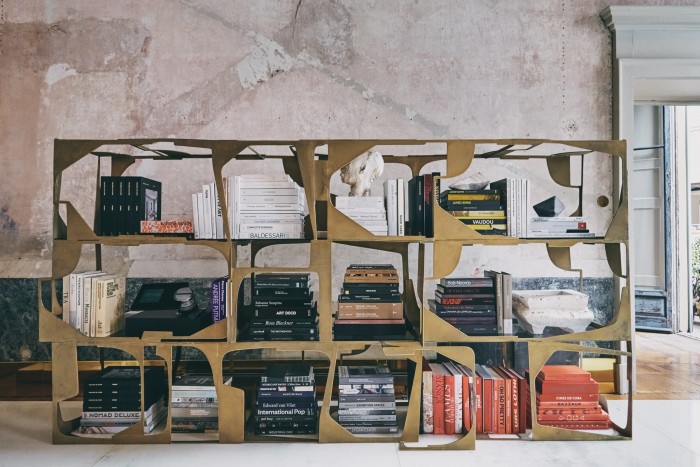
I have a collection of architecture, design and art books. I think books will disappear but paper feels like part of my DNA. My younger colleagues don’t flick through them as much as I do. I like to appreciate the work of all those involved: the photographers, the illustrators, the graphic designers – there’s a whole world behind a book. Favourites in my collection are La scena dell’arte by Ugo Mulas and Nevelson’s World by Jean Lipman.
An indulgence I would never forgo is the gin martini at Harry’s Bar in Venice. You can smell a sense of tradition there that goes way back. You see it in the people who look like they were born there, and they’re still there.
My favourite gadget is the record player we used to have when we were kids. It was one of those boxes where you would put the record inside – in Italian it was called a mangiadischi or “disc-eater”. And to think that now we have 3D printing. I think Tesla will change the future and machines will substitute us. I have a movie-like vision of technology, but beyond what I need to use every day I don’t get too close to it. I respect it from a distance.
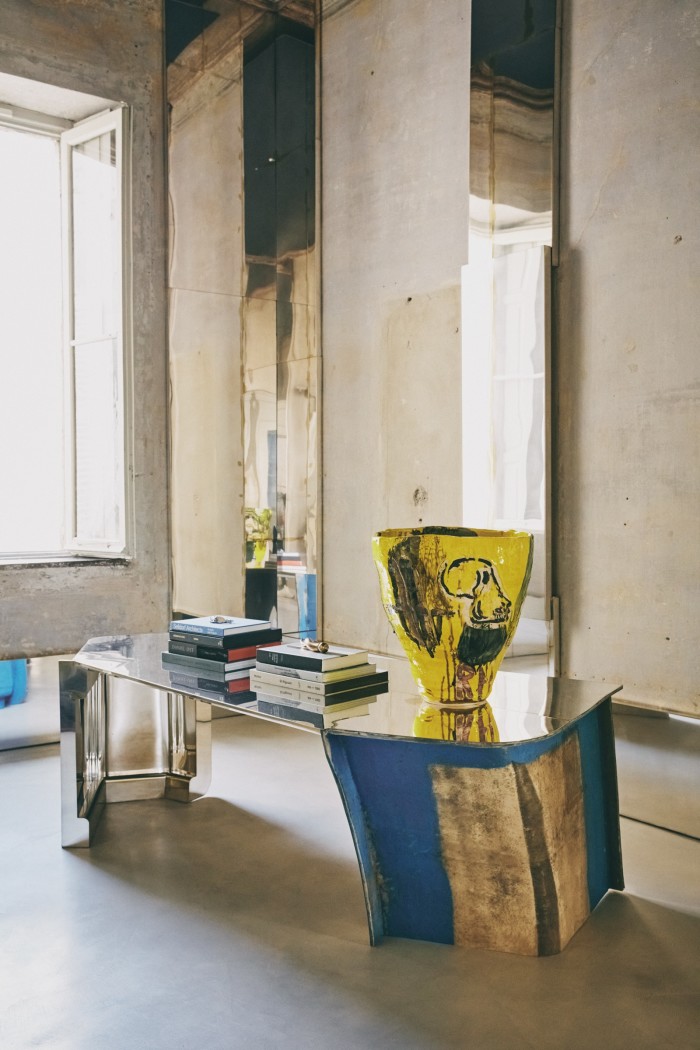
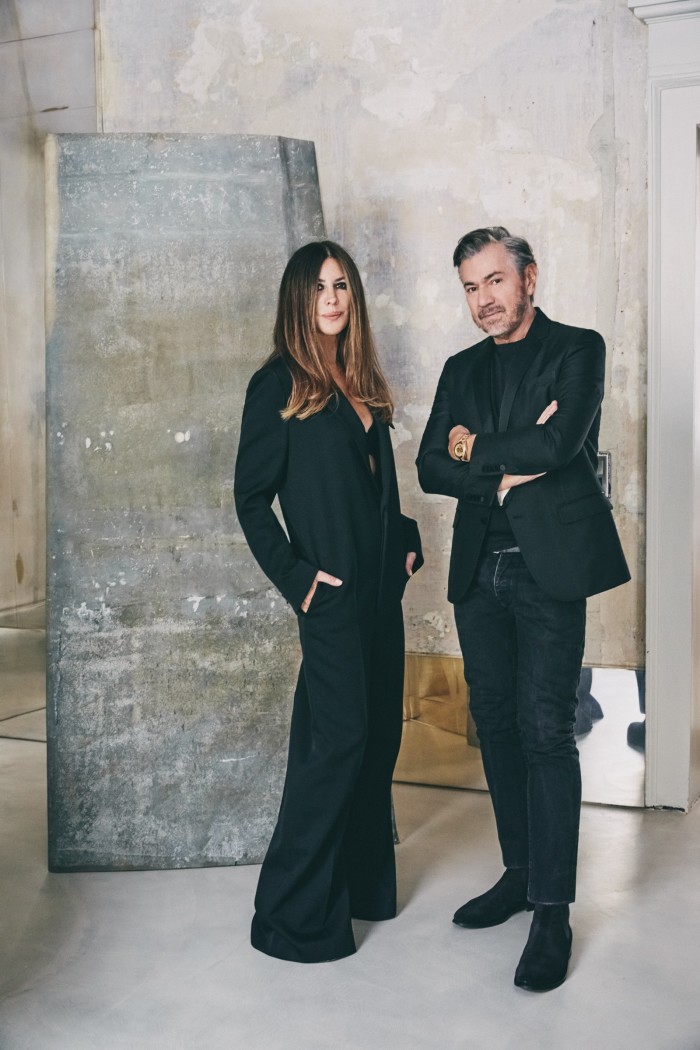
My style icon is my wife Claudia Rose. It’s mostly about the way she carries herself, her style, the way she approaches people – her charm, I suppose. She wakes up with a smile and we go to bed with a smile. Happiness for her is a natural and spontaneous thing, and her happiness is infectious.
An object I would never part with is a trio of things that work together: glasses, pencil and a notebook. Every time I catch a flight I buy a black, unlined Moleskine notebook to draw on the go. My glasses, by Mykita, have been discontinued. They are Japanese and they are my favourite glasses, classic but exceptional, so I bought about seven pairs. When I like something I have to hoard it, I buy as many as I can, enough to have them forever.
The best gift I’ve received recently is two paintings by Alex Foxton given to me by my wife for my birthday. I’m fascinated by his use of colours but also by the subjects. They show parts of two people, so the work is aptly titled Frankenstein – they’re almost in pieces but their body parts are linked in different ways. They’re not big – I usually prefer big works – but they’re very rare.
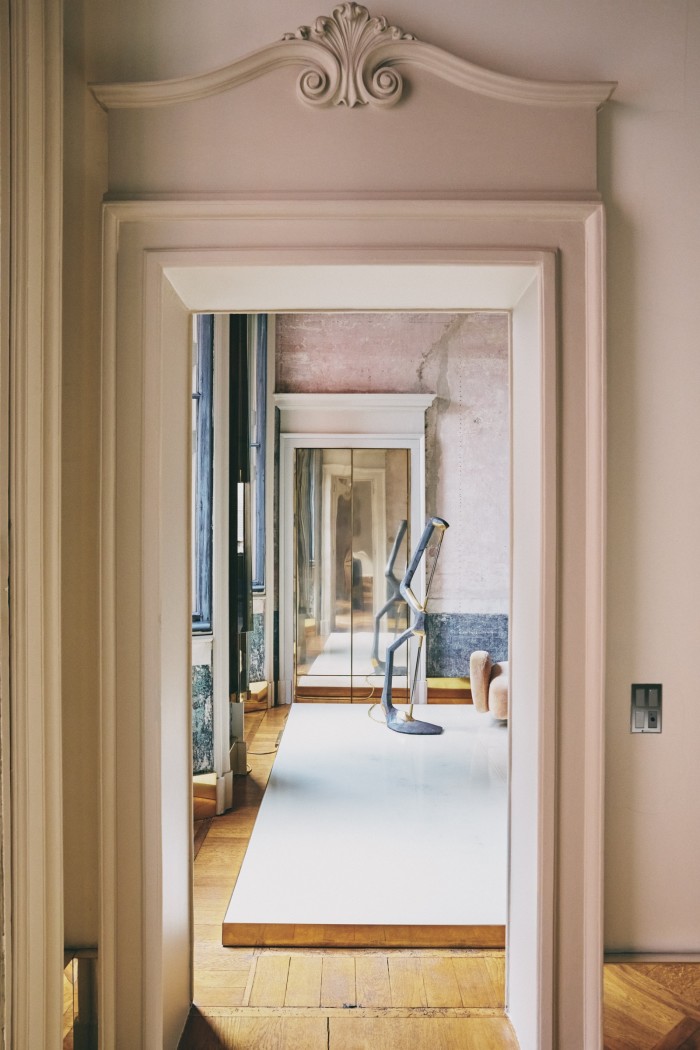
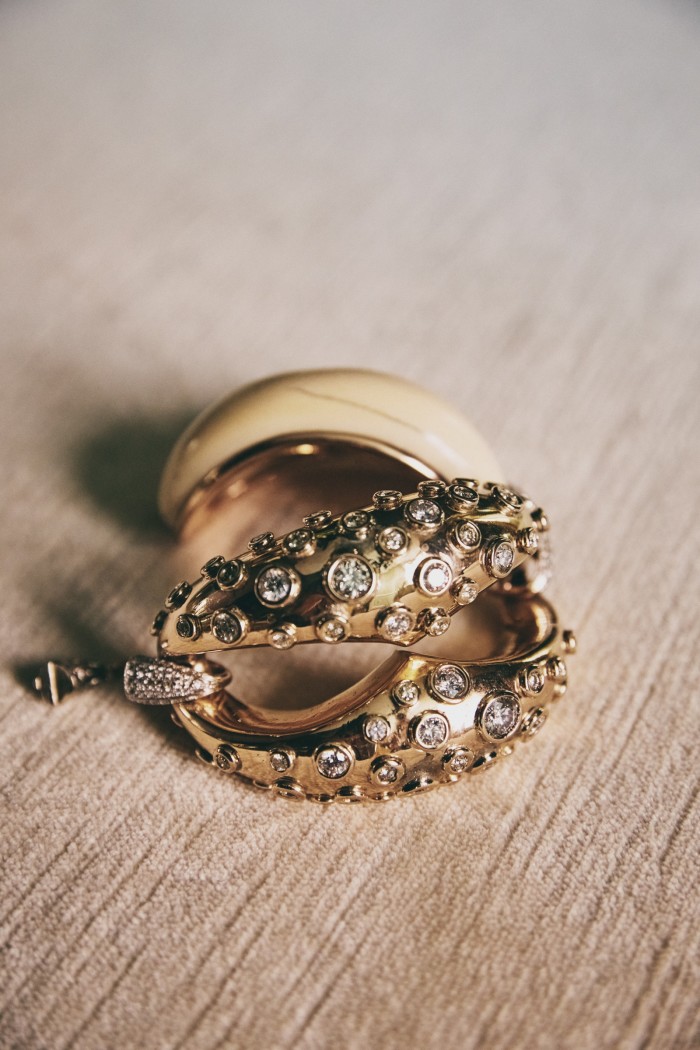
A recent “find” is René Boivin, a jewellery designer from the early 20th century, whose work is refined and elegant. He started working in the 1890s and his house’s best pieces are from the ’20s and ’30s. I gave a Boivin bracelet to my wife – I bought it at Pennisi, a jewellery store in Milan.
The last item of clothing I added to my wardrobe was a pair of English shoes. I only wear English or American shoes, like John Lobb, Tricker’s, Alden – I love the weight of them. Alden shoes are very structured. At the beginning they break your feet a bit, then they adapt and become more anatomic, or maybe your feet adapt to the shoes. They are solidly made shoes that could be passed from one generation to the next.
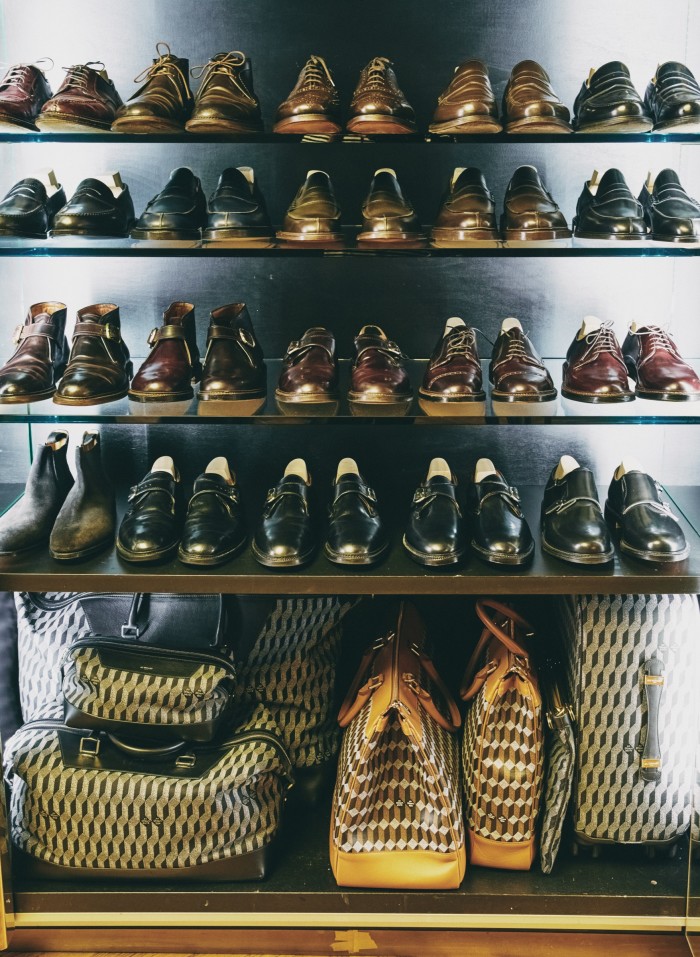
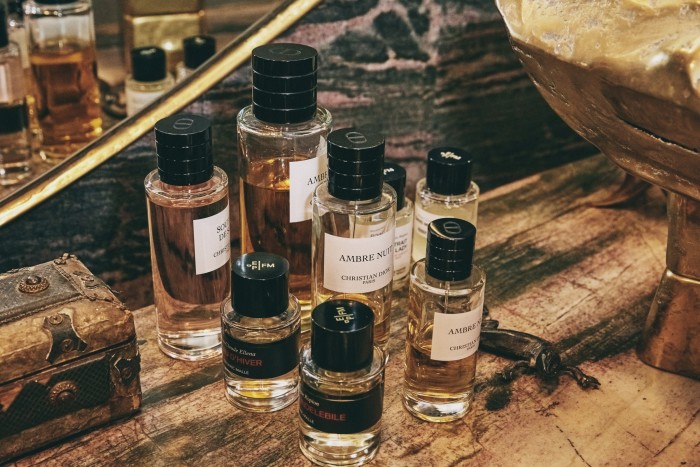
The grooming staple I’m never without is perfume. I always use the same two: Ambre Nuit by Dior, and L’Eau d’Hiver by Frédéric Malle for daytime. They aren’t spicy, they are very dry. I don’t like sweet perfumes. I like Ambre Nuit because it is direct and secretive – the amber is softened by velvety accents that are quite sensual.
If I weren’t doing what I do, I would be a musician – I love classical music, which for me is incontrovertibly beautiful beyond any form of personal taste.
The best property advice I’ve ever been given is to buy our new house in Tuscany, advice that came from my wife. She’s more cautious than me when it comes to investing, more reflective. We have just bought an 18th-century house in Pietrasanta. It’s a priceless home: just two hours from Milan, close to the sea, but not too close to Forte dei Marmi’s tourists; it’s less crowded than being right on the coast and the temperature is fresher. It’s an oasis, one of the best purchases of my life.
The best book I’ve read in the past year is The Unfinished Palazzo by Judith Mackrell. It’s the story of the palazzo where the Guggenheim Collection is housed and is told through the story of three women, including Peggy Guggenheim. Claudia read it and then gave it to me; I generally read more non-fiction around architecture and art.
My grooming and wellbeing gurus are my hairdresser and physio. When my hairdresser – Felisa from Aldo Coppola Rinascente – comes over, she cuts my hair by the window in the living room, as there’s not much light in the house. And I need my physio, Alberto Galbiati – I’ve never spared myself with work, even when I was young, but I love having someone who realigns my posture. So many of our movements deform our bodies, so it’s beautiful to see how with just a few movements you can bring your body back to wellness.
I’ve recently rediscovered painting. It was my first creative experience and as a boy I did a lot of it. But you need to truly decide if you want to be a painter. Still, there’s an element of it in my sculpture – my textures are handmade and painted. There’s hidden painting in everything I do.
Comments